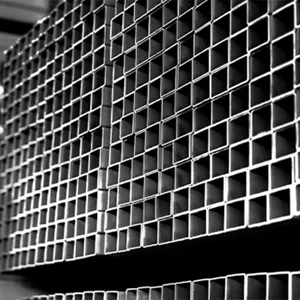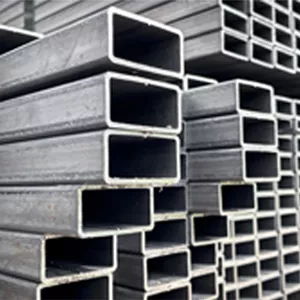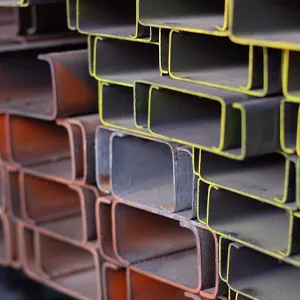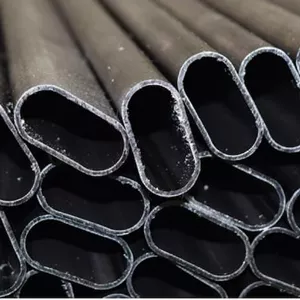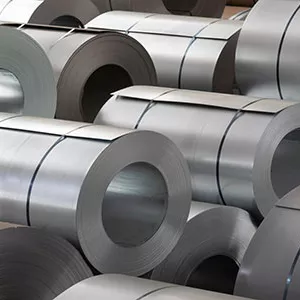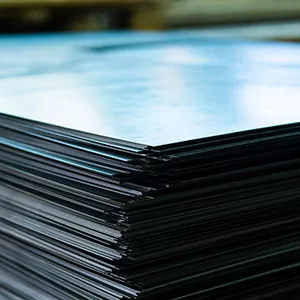
Stainless steel holds a significant place in modern industries due to its durability, aesthetic appearance, and versatile use areas. However, the prices of this popular material vary depending on market changes and the characteristics of the material.
Current Stainless Steel Prices
Current stainless steel prices usually vary based on several factors such as exchange rates, steel demand, and developments in the international metal market.
The prices of nickel, chromium, and iron—key raw materials for stainless steel production—also play a major role in this change. Particularly, fluctuations in nickel prices significantly affect the cost of stainless steel. To get current price information, you can contact companies like Deha Metal, one of the leading firms in the industry.
As of 2025, stainless steel prices in Turkey's specific market conditions range from an average of 50-150 TL per kilogram. However, prices can be higher for customized alloys or special applications.
How Are Stainless Steel Prices Calculated?
Stainless steel prices are calculated by considering multiple factors. These include the quality of the material, its dimensions, special treatments, and factors like the current exchange rate.
The following formula can be used to calculate stainless steel prices:
Price = (Material Weight x Raw Material Price) + Labor and Production Cost + Shipping and Other Expenses
According to this formula:
- Material Weight: The total weight of the stainless steel to be used in kilograms.
- Raw Material Price: The unit price of chromium, nickel, and iron as determined in the international market.
- Labor and Production Cost: Includes the costs required for shaping and processing the stainless steel.
- Shipping and Other Expenses: Refers to the costs incurred during the delivery process of the material.
What Factors Cause Variation in Stainless Steel Prices?
Stainless steel prices show variability based on various factors. Some of these factors include:
1. Exchange Rates
Since the raw materials for stainless steel are generally imported, fluctuations in exchange rates directly affect prices. When the exchange rate rises, costs increase, which is reflected in the prices.
2. Raw Material Prices
The prices of metals such as chromium and nickel are determined in international markets based on supply and demand balances. For instance, a supply restriction at a mining site or an increase in demand can rapidly impact prices.
3. Steel Sector Demand
An increase in industrial demand, especially from large customers like the automotive and construction sectors, raises prices.
4. Material Characteristics
Price differences are observed based on the quality (such as types 304, 316, or 430), characteristics, and application areas of the stainless steel. For example, type 316 is more expensive due to its higher corrosion resistance.
5. Shipping and Logistics
The logistics services required for the delivery of the material also affect the total cost. Long distances or special packaging requirements increase the price.
Advantages of Deha Metal in Stainless Steel Pricing
Deha Metal, as a reliable supplier in stainless steel, offers current price information and cost-effective advantages. Through Deha Metal, you can find the most suitable solutions for your stainless steel needs and stay informed about price changes in the sector.
As one of the leading companies in the sector, Deha Metal supports you in the supply of stainless steels with pricing policies tailored to market conditions. For detailed information and current prices, you can contact Deha Metal’s professional team.
Stainless steel prices vary based on many factors such as international market conditions, exchange rates, demand, and production conditions. Therefore, accessing current and accurate pricing information is very important. For transparent and professional service regarding stainless steel pricing, choosing expert companies like Deha Metal will help you find the most suitable solutions for your needs.

 TR
TR

